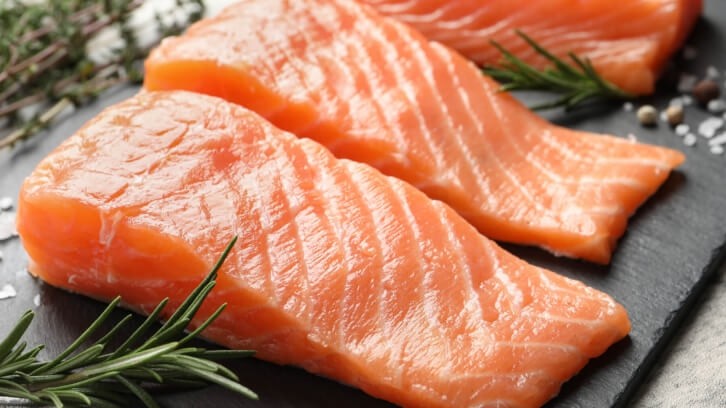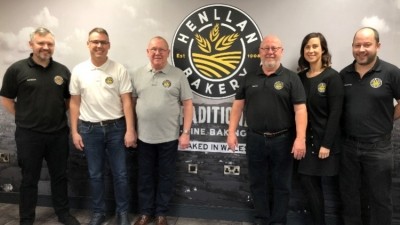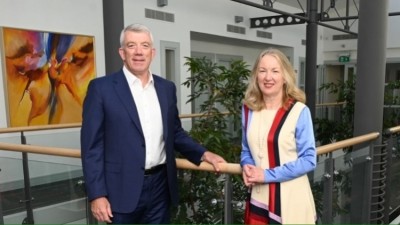News
Device shows promise in determining food fraud more accurately

The new test is from Queen’s University’s Institute for Global Food Security (IGFS) and fuses data from two different scientific methods, which is then coupled with AI.
Salmon was used as a case study for the project; sourced from more than 500 samples, from both farmed and wild and from four of the main salmon-producing regions of the world – Alaska, Norway, Iceland and Scotland.
Since 1980, worldwide salmon consumption has seen significant growth – now being three times higher. While salmon prices can be volatile, they have more than doubled over the last 10 years and are presently higher than many comparable commodities. Certain areas across the globe (i.e. Alaskan) and types of salmon (i.e. wild farmed) are considered to be better quality than others. But, as with any high value commodity, food fraud normally follows.
Measures to identify fish mislabelling has therefore been a common area of work. But given the complexity of global supply chains and the ways many fish are processed, scientists have so far struggled to devise a method reliable enough to determine authenticity with 100% accuracy.
For the project, the IGFS team measured the lipid fingerprint of the fish and the elemental fingerprint and fused these together into a single ‘data lake’. After this it was a case of high-powered data analytics to ultimately produce a diagnostic tool to determine the geographical origins of the fish and the method of production (farmed or wild).
Further samples of salmon from UK supermarkets were later tested using the new method to compare results – again, there was 100% correlation between information provided by the retailers and what the researchers found in the lab.
The scientists behind the three-year project believe the results show potential for the technique to be applied to other foodstuffs to better ensure authenticity and combat fraud.
Lead author, PhD student Yunhe Hong said: “We are demonstrating that our mid-level data fusion-multivariate analysis strategy greatly improves the ability to correctly identify the geographical origin and production method of salmon, and this innovative approach has the potential to be applied to many other food-authenticity applications, a very exciting thought. During this project, we also uncovered many other important aspects of food security which we hope to further explore.”

















